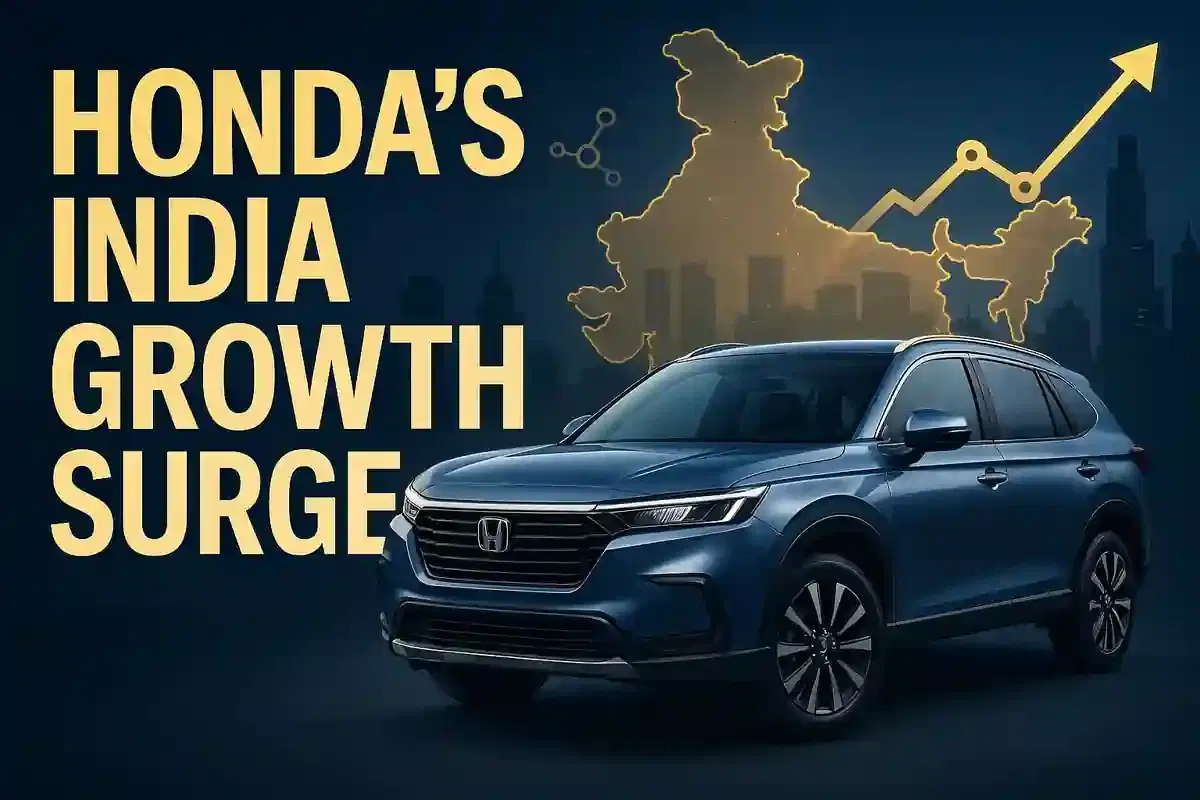Honda Eyes India as Key Growth Market, Plans New SUV Models by FY27
Auto
|
29th October 2025, 5:30 AM

▶
Short Description :
Detailed Coverage :
Honda Cars India, a wholly-owned subsidiary of the Japanese auto giant, has declared India as a pivotal market for its long-term growth strategy, placing it alongside established markets like the United States and Japan. This marks a significant shift in the company's global focus, with top management prioritizing India for future expansion.
SUVs and New Models: The company intends to bolster its presence in India by launching three new models by the fiscal year 2026-27. The primary focus will be on the SUV segment, which continues to show strong consumer demand. These new offerings will include a mix of hybrid and battery electric vehicle (BEV) powertrains, aligning with Honda's global commitment to carbon neutrality by 2050.
Manufacturing Strategy: Regarding production capacity, Honda Cars India is actively exploring options to meet anticipated demand. While specific investment plans are yet to be finalized, the company is considering reviving its closed Greater Noida facility or potentially establishing a new manufacturing plant, possibly in Southern India. The current facility in Tapukara, Rajasthan, has a capacity of 1.8 lakh units annually.
Impact: This strategic pivot by a major global automaker like Honda underscores the immense potential seen in the Indian automotive market. It could lead to increased competition, new product introductions, and potential job creation and investment in manufacturing. For investors, it signals growing confidence in India's economic prospects and consumer demand, particularly in the vehicle segment.
Impact Rating: 8/10
Difficult terms: SUVs: Sport Utility Vehicles. These are vehicles that combine features of passenger cars with off-road vehicle capabilities. Hybrid powertrains: Vehicles that use both an internal combustion engine (like gasoline) and an electric motor for propulsion. Battery electric powertrains (BEVs): Vehicles that run solely on electricity stored in batteries, with no gasoline engine. Carbon neutrality: Achieving a balance between emitting carbon and absorbing carbon from the atmosphere, effectively meaning net-zero carbon emissions. Internal combustion engine (ICE): Traditional engines that burn fuel (like gasoline or diesel) to produce power. Fiscal year: A 12-month period that companies use for accounting purposes, which may not coincide with the calendar year. For India, it typically runs from April 1 to March 31.